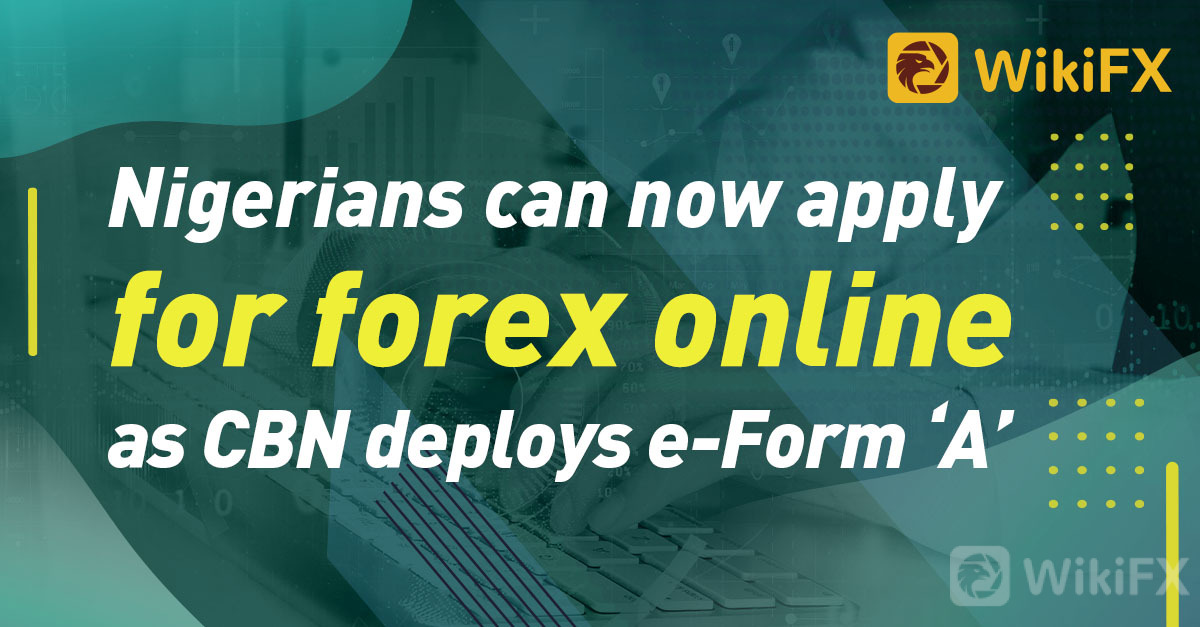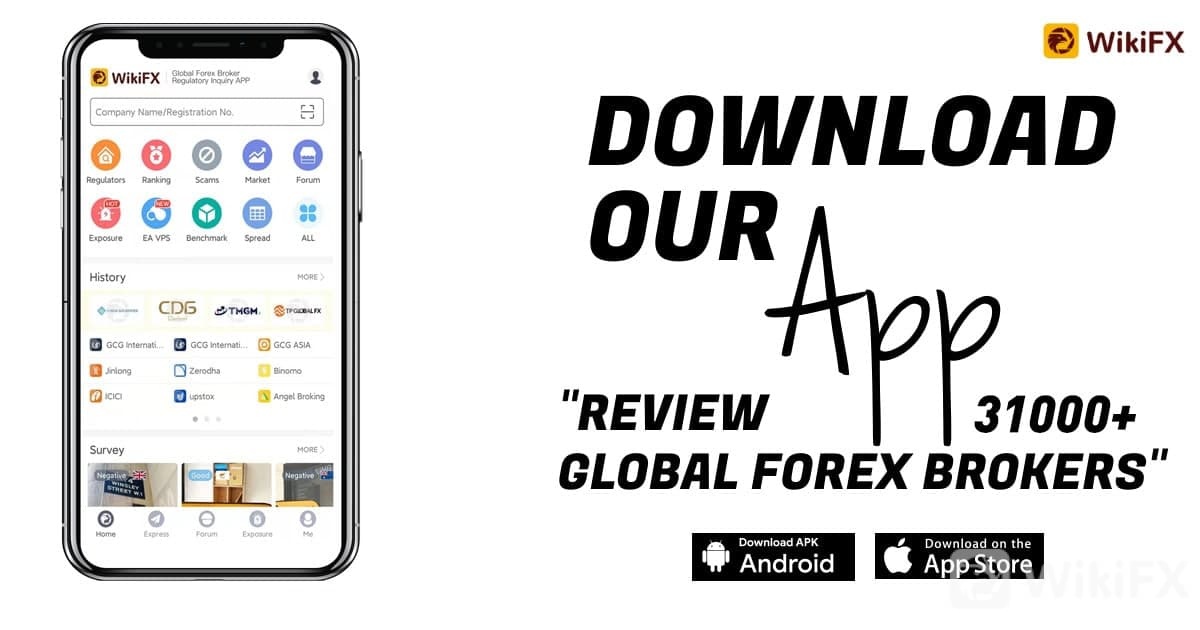
Most Popular Crypto Myths Put to Rest by OctaFX
Some crypto myths need swift dismantling since they paint an unnecessarily vague and even plainly wrong picture of this emerging industry. In the course of serious adoption by more and more legacy financial institutions and rising retail influx, one might suspect most myths are gone with the wind. Not yet, but soon, promises international Forex broker OctaFX.
Regardless of what world affairs are concerned with now, bitcoin just does its own thing: it pumped the vertical line towards 68,700 USD on 10 November 2021, closing that day with a new all-time high. The entire following month was a tour-de-force involving the price moving down to almost 46,500 USD on 4 December—a correction of over 32 per cent, taking the altcoin market down with it. Still, a bear sentiment has not yet been announced and most industry observers rather see the peculiarities of a wider bull market unfolding, projecting its blockchain innovation on the entire financial market.
‘Are there still any myths left?’
Plenty. But suppose we would like to have at least a general overview of cryptocurrency and blockchain myths circulating in society and mass media. In that case, we must first note that these misconceptions mostly stem from a lack of knowledge and understanding. We aim to reach these people since, for many, these fallacies are the reasons for missing out on exciting investments in new, groundbreaking technology and massive trading opportunities. The latter is especially true if you use reliable and trustworthy financial services. One of them to consider in this industry is the international broker OctaFX.
‘Bitcoin has no intrinsic value.’
Although this prejudice disperses less often nowadays, many critics like prominent gold maximalists, classical stock traders, and lovers of centralised fiat currency don‘t pass on any opportunity to regurgitate the same unproven claim of bitcoin having “no intrinsic value”. It became some sort of a hybrid between a never fulfilled prophecy, a running joke, and a mantra for justifying one’s own dismissiveness. Most of these complainers cling to the supposed “double spending” problem of the bitcoin network, which no one has ever demonstrated. After more than a decade of active, exponential growth and adoption of bitcoin and its ecosystem, powered by a worldwide community of developers, miners, traders and holders (or more accurately, “hodlers”), doubters have been proven wrong time and time again.
‘Is FUD real?’
FUD stands for ‘fear, uncertainty, and doubt’ and denotes the idea of being weary of an ongoingly bullish market since the bear is just behind the corner, usually catching most market participants by surprise. This has happened before, most significantly in 2013 and 2017. Not really a myth, but more a bit of advice for people who want to put their hard-earned money into crypto: Every market has cycles, up- and downtrends. If the blockchain market initiates a bearish trend, most critics reappear to make the case that it was a Ponzi scheme all along, while it factually wasnt.
The reason for this could be, that the technology around blockchain is still not fully understood – which is built and developed on sophisticated cryptography -, or dynamics of basic market cycles are selectively discarded. Even an emotional element of envy cannot be ruled out, especially when following the crypto discourse on social media. Whatever it might be, bitcoin and blockchain, in general, are still in their infancy compared to whats to come. No wonder the market fluctuates much more than the older, more established financial processes around gold, Brent oil or even Forex.
‘Are there exceptions to the rule?’
Even though bitcoin and blockchain are not, in essence, Ponzi schemes (in fact, the opposite is true), there are undoubtedly individual projects that tarnish the good name of crypto. They act with malicious intent, promising partnerships that never were or launching tokens that have nothing behind them. Usually, the project‘s team would attract as much capital as possible into their cryptocurrency while withholding fundamental weaknesses from most of their investors. Once their token or coin reached a certain inflated price threshold, this small group of shady ’initiates would dump the price by selling all their assets, thereby devaluing the whole philosophy behind cryptocurrency.
These unfortunate events where people lose all of their money feed the notion of understanding everything associated with bitcoin as ‘a pyramid scheme’.
This one has been debunked for some time, but only after considerable bitcoin adoption by more and more states, governments, private banks, and celebrities it is now considered a legitimate, uncorrupted store of value in the coming ‘Fourth Industrial Revolution.’
So are there scammers in the social media sphere of crypto, impersonating customer support or popular influencers to access keys or login details? Are there entire developer teams bundled in a crypto project that takes advantage of unsuspecting (and uninformed) investors to enrich themselves short and mid-term by cashing out and leaving these people with worthless tokens, stranded in the crypto desert? Yes, certainly. But these people have always been active in any industry. The wholesale solution and remedy to this phenomenon was and always will be: education.
‘Not your keys, not your crypto.’
That is true. If you hold your crypto assets on centralised crypto exchanges like Binance, KuCoin, or Huobi, your capital is not entirely under your control and is vulnerable to an attack. Although these exchanges became household names in the last years precisely for their persistent approach towards security and stability of services, hacks are still happening at present. It is generally recommended to leave only those funds that you need on centralised exchanges. Everything you hold mid-to long-term, you should at the very least store on an individual hot wallet, a cold wallet, or even a paper wallet for maximum security. Some of these individual wallet apps give the holder complete control over their private keys.
These are the keys that ultimately provide you with ownership of your capital. If you lose them, give them to someone else in the subway, publish them online, leave them as a digital note on your computer connected to the internet, you can lose your funds rather quickly. In laymans terms, private keys give passage through the gateways to the cryptographical spot in the blockchain where your exact capital is stored. It is essential for you to keep your private keys totally safe—with them, everything stands or falls.
In decentralised finances (DeFi), your independence comes with total responsibility. If you make a basic mistake – like misplacing your private keys – and lose your funds because of it, it will be on you. There are cases when this responsibility splits. If the services you used acknowledge a shared or full fault, then these are the rare times when you have a chance of being reimbursed for your loss, either wholly or at least partially.
‘You never know what to expect with crypto.’
That‘s not fully true and depends, again, on your knowledgeability. It certainly doesn’t have to be as elusive as ‘an unopened box of chocolates’. For this reason, the fundamental and technical analyses (FA and TA) can go a long way. Thorough research on the former gives you a very reliable idea of where the project might be going: Who comprises the blockchain projects team in question? Who are the early investors and what are their track records (venture capitalists, angel investors, leaders and visionaries already having influenced the classical IT sphere, etc.)?
What are the unique use cases the project promises to deliver? (Big Data tokenisation, anti-inflation, DID-Decentralized Identity, etc.) Are there patents involved for certain niche technologies within the blockchain? All these FA references are good reasons for making an informed, lasting and lucrative investment decision.
Technical analysis is essential, as well. It shows the economic story of a coins worth and behaviour in a bull and bear market, how it behaved historically against bitcoin, or how it evolved after reaching all-time highs. Approximate forecasts of future dynamics of a crypto asset can then be made. Short term TA is especially relevant for traders who work with leverage, less so for mid- to long-term holders and investors.
‘No one really knows who invented bitcoin.’
Well, no one really knows, or cares, anymore, who invented the wheel or e-mail, either. But most people on earth use it anyway. That‘s how it’s with bitcoin. The question, if we ever find out who exactly invented the bitcoin payment system and its underlying blockchain mechanism, is still somewhat open. We might know in the future, or it might never be unveiled. For now, the elusive figure named ‘Satoshi Nakamoto’ is deemed responsible. Although, this individual allegedly withdrew from the project not long after its inception in 2008. Satoshi or not, for less than 15 years we have seen the rise of this technology from a plaything of some brainiacs to almost universally accepted (yet extremely volatile) world currency worth over 50,000 USD.
Nobody gives financial advice, except for—everyone.
The social media of crypto is full of disclaimers like NFA (‘Not financial advice’) and DYOR (‘Do your own research’). Influencers keep repeating this since deciding to invest in a financial instrument is an individual‘s sovereign choice. And yet too many retail investors complain after an asset plummets or doesn’t perform as expected or promised by others.
Most do take advice from complete strangers online, which, if the information is independently verified, is not necessarily a bad thing.
Conclusion
This article is by no means an exhaustive list of all the myths concerning the crypto market. But it can serve as an initial roadmap to navigate through the ever-so-alluring world of decentralised finance.
About OctaFX
OctaFX is a global broker that provides online trading services worldwide since 2011. It offers a state-of-the-art trading experience to over 6.6 million trading accounts worldwide. The broker‘s educational and news content is steadily growing with expert articles on all things finance. OctaFX has won more than 30 awards since its foundation, including the Best ECN Broker 2020 award from World Finance and more recently the 2021 ’Best Forex Broker Asia‘ award and the 2020 ’Most Transparent Broker award from Global Banking & Finance Review and Forex Awards, respectively. The company is well-known for its social and charity activity.





